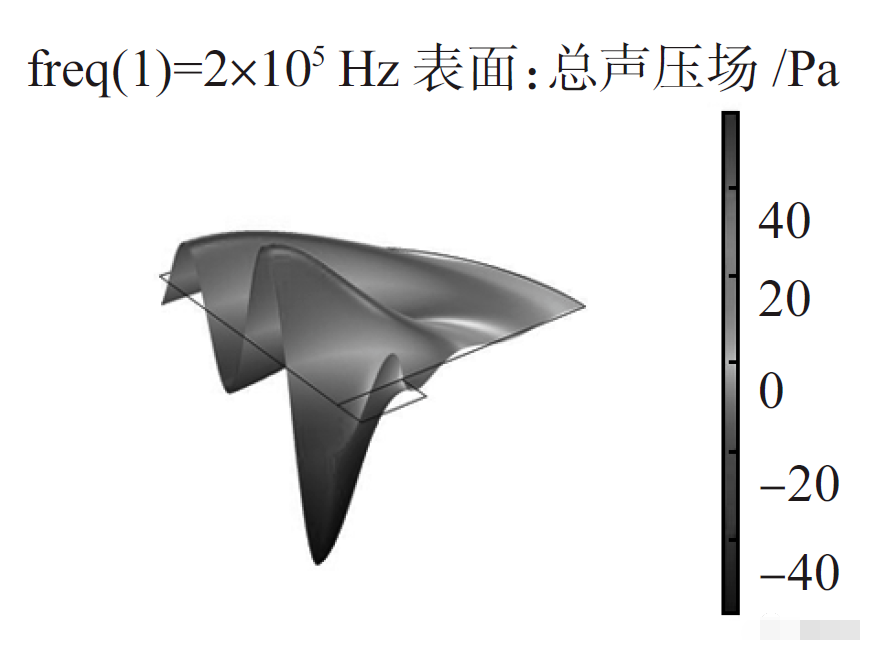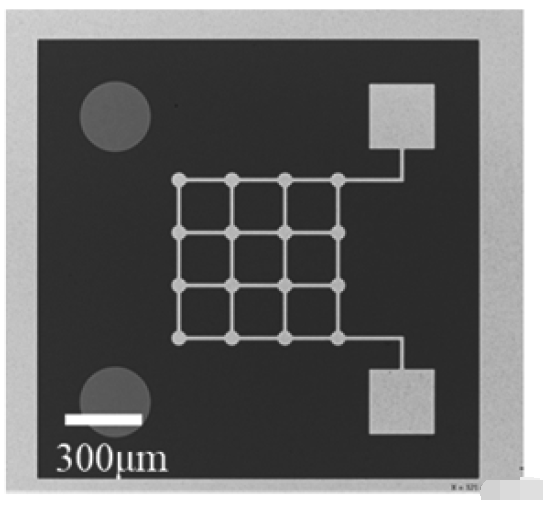Ultrasonic transducers are widely used in many fields, such as medical imaging, non-destructive testing, target identification, etc. There are two main types of MEMS ultrasonic transducers: capacitive MEMS ultrasonic transducers and piezoelectric MEMS ultrasonic transducers. Capacitive transducers can achieve high electromechanical coupling coefficients, but they also require small air spacing and large bias voltages, making them more difficult to manufacture. Piezoelectric transducers, on the other hand, can operate without bias voltage. The main piezoelectric materials widely used today are lead zirconate titanate (PZT) and aluminium nitride (AIN). Although AIN has a lower piezoelectric coefficient than PZT, AIN has a smaller dielectric constant, which allows higher performance than PZT to be achieved with AIN.

According to McMasters Consulting, in response to the low electromechanical coupling coefficient of current ultrasonic transducers, researchers at North Central University have designed a MEMS ultrasonic transducer array based on AIN piezoelectric material to improve the electromechanical coupling coefficient. By measuring its impedance curve, the electromechanical coupling coefficient was deduced to be 1.6%, showing good prospects for engineering applications. The related research results have been published in the journal Sensors and Microsystems.
The piezoelectric MEMS ultrasonic transducer consists of two parts: a Mo/AIN/Mo piezoelectric layer and an SOI substrate etched with cavities. The principle of operation is that when the electric field is alternating, the piezoelectric layer stretches and contracts periodically, thus emitting an acoustic signal to the environment.

The researchers have done modal analysis, resonant frequency analysis and stress analysis of the designed piezoelectric MEMS ultrasonic transducer by using finite element simulation software combined with the theoretical derivation of MEMS ultrasonic transducer. Through COMSOL MulTIphysics modal analysis, it was determined that the MEMS ultrasonic transducer operating in the first order mode has the maximum amplitude and the maximum surface mean velocity, which can achieve higher acoustic coupling. As the resonant frequency is inversely proportional to the square of the radius of the cavity, changes in the radius of the cavity have a greater effect on the resonant frequency and the ultrasonic transducer is generally made to operate at the desired frequency by varying the radius of the cavity. In order to improve the efficiency of the emitted sound field of the ultrasonic transducer, the researchers further optimised the radius of the upper electrode and calculated that the ultrasonic transducer has the maximum efficiency of the emitted sound field when the radius of the upper electrode is 70% of the radius of the cavity by analysing the stress of the ultrasonic transducer in the operating state.



The piezoelectric MEMS ultrasonic transducer is processed by the MEMS standard process as a 4 x 4 array with a cavity radius of 50 μm, which effectively increases the electromechanical coupling coefficient of the array compared to a single ultrasonic transducer. The impedance curve of the ultrasonic transducer was measured by a network analyser, from which an electromechanical coupling coefficient of 1.6% was deduced, showing good prospects for engineering applications.

The study provides a reference value for the design and application of subsequent piezoelectric MEMS ultrasonic transducers.
